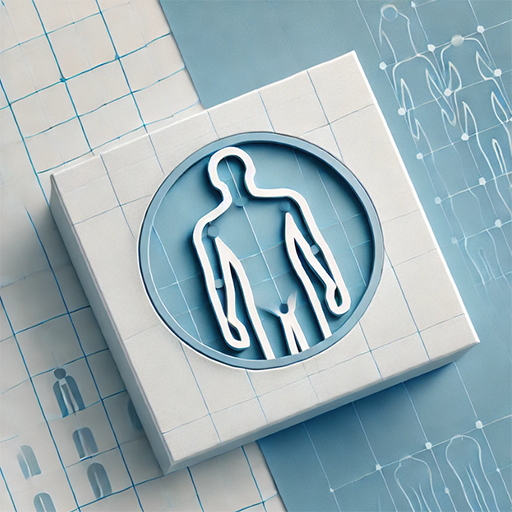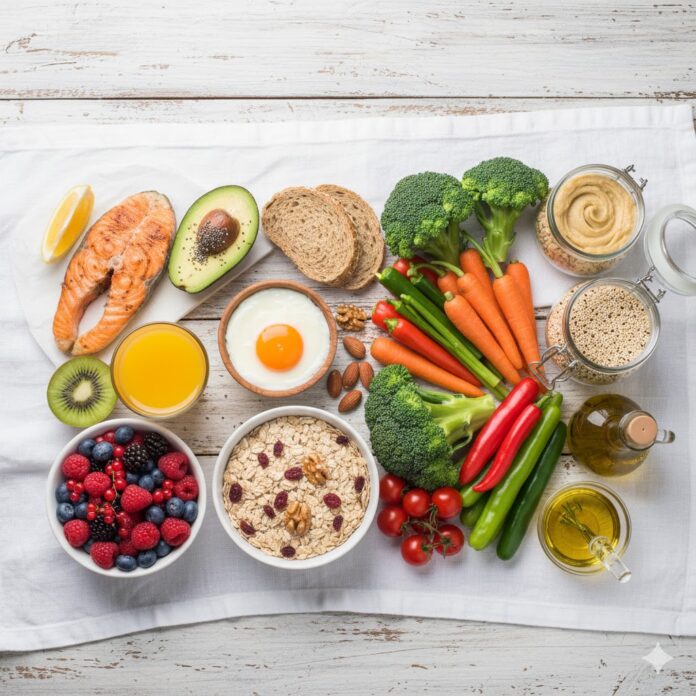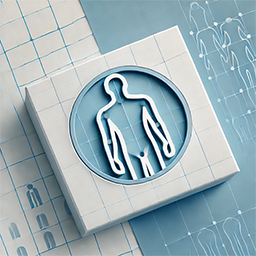When you search “which diet is best,” you’re instantly flooded with endless options—keto, Mediterranean, vegan, paleo, low-fat, intermittent fasting, and more. Each one promises quick results or better health, but sorting through all that advice can feel overwhelming. Everyone seems to have a different opinion, and it’s easy to get lost in the noise.
The truth is simple: there’s no single perfect diet that works for everyone. Our bodies are unique. What helps one person lose weight or feel great might not work for someone else. Your metabolism, activity level, health conditions, and even daily routine all play a big role in what diet suits you best.
That’s why it’s not about following the latest trend—it’s about finding what fits you.
In this post, we’ll guide you step-by-step on how to choose a diet that matches your body, goals, and lifestyle. You’ll learn about the pros and cons of today’s most popular diets, what science really says about each one, and how to make smart, lasting choices. By the end, you’ll feel confident creating—or customizing—a plan that helps you eat better, feel stronger, and stay consistent for the long run.
Why there’s no one-size-fits-all diet
Your body, your needs
Every person’s body is unique. We all have different genetics, metabolism, and health conditions—like diabetes, high cholesterol, or thyroid issues—that affect how we process food. Even our age, activity level, and stress can change what our bodies need each day.
That’s why the “perfect” diet for one person might not work for another. Some people thrive on a low-carb plan, while others feel tired and unfocused. What’s easy and enjoyable for one person can feel punishing or restrictive to someone else.
Your lifestyle plays a big part too. Think about your work schedule, family meals, social life, and cooking habits. If a diet doesn’t fit into your daily routine, it won’t last. A plan that feels natural and flexible is far more likely to succeed than one that feels forced or complicated.
What the science says
Research supports this idea. Studies comparing many popular diets show that long-term consistency matters more than the specific type of diet you follow (ScienceDirect).
For instance, a JAMA Network study found that both low-carb and low-fat diets led to weight loss—but the difference between them was small. What really mattered was whether participants could stick to their plan over time (JAMA Network).
In other words, the best diet isn’t about counting carbs or fats—it’s about building habits you can sustain.
Additionally, diets that focus on whole, minimally processed foods—like fruits, vegetables, lean proteins, and whole grains—tend to lead to better long-term results, both for health and weight management (The Guardian).
The takeaway? Choose a diet that feels right for your body, fits your life, and supports your health for the long haul.
Popular diets: What they are, pros & cons

Here are several diets that have good scientific backing. Use these as reference points—and then adapt to your needs.
Mediterranean Diet
What it is:
A pattern based on eating habits in Mediterranean countries. Focuses on fruits, vegetables, whole grains, legumes, fish, olive oil, moderate dairy, and limited red meat. (www.heart.org)
Pros:
- Well studied and consistently linked to lower heart disease risk
- Flexible and not overly restrictive
- Good for long-term health, aging, and brain health
Cons:
- Can be less “aggressive” for fast weight-loss
- Some may find fish/dairy portions tricky
Low-Carb / Keto / Atkins
What they are:
Diets that restrict carbohydrate intake and push the body toward burning fats (ketosis, in some cases). Atkins is a classic example. (PMC)
Pros:
- Can lead to fast weight loss initially
- Helps with appetite control for some people
- May improve blood sugar and triglycerides
Cons:
- Hard to sustain long-term
- Risk of nutrient deficiencies (esp. if vegetables are limited)
- Side effects like “keto flu,” constipation, or fatigue
Plant-Based / Vegan / Vegetarian
What it is:
Emphasizes plants—fruits, vegetables, whole grains, legumes, nuts. Vegan excludes all animal products; vegetarian may include dairy/eggs.
Pros:
- Strong links to heart health, lower blood pressure and cholesterol
- Often more environmentally friendly
- Good for weight control when done well
Cons:
- Need careful planning for protein, B12, iron, omega-3s
- May feel restrictive socially (eating out)
Paleo / Ancestral
What it is:
Inspired by presumed diets of ancient hunter-gatherers. Emphasizes meats, eggs, vegetables, nuts; excludes grains, dairy, legumes, processed foods. (nutritioned.org)
Pros:
- Encourages whole foods
- Cuts out many processed and sugary items
Cons:
- Excludes entire food groups (legumes, dairy), which can make balance harder
- Less long-term evidence than some others
DASH & Anti-Inflammatory Diets
What they are:
- DASH (Dietary Approaches to Stop Hypertension): Originally designed to lower blood pressure. Emphasizes fruits, vegetables, lean protein, and limited salt.
- Anti-inflammatory diets: Focus on foods that reduce inflammation—berries, fatty fish, whole grains, nuts, greens. (The Nutrition Source)
Pros:
- Good for people with high blood pressure or inflammation
- Very balanced and sustainable
Cons:
- May not be aggressive enough for fast weight loss for some
Flexitarian / Planetary Health Diet
What it is:
A mostly plant-based diet that allows moderate amounts of meat and animal products. The “planetary health diet” (EAT-Lancet) is one model. (Wikipedia)
Pros:
- Flexible and balanced
- Better for the planet
- Easier to maintain
Cons:
- Some may slip into too much animal food
- Not always specific enough (how many animal servings?)
How to Choose the Best Diet for You

Instead of simply picking a diet from a long list of popular plans, it’s smarter to use a decision-making process. Think of it as a step-by-step roadmap to find what truly works for you. This approach helps you avoid frustration and build healthy habits that actually last.
Step 1: Clarify Your Goals
Start by asking yourself what you really want from a diet. Are you trying to lose fat, gain muscle, boost energy, or improve your overall health? Maybe you want to manage your cholesterol, balance blood sugar, or simply feel better every day.
Once you’re clear about your goals, you can match them to the right eating pattern. For example:
- If your goal is weight loss, a plan with portion control and fewer processed foods may work best.
- If you’re aiming for better heart health, the Mediterranean diet is a proven choice.
- For muscle gain, focus on higher protein intake and balanced carbs.
Be realistic with your expectations. Most “fast” or crash diets may help you lose weight quickly, but they’re hard to keep up and often lead to rebound weight gain. A sustainable plan always wins in the long run.
Step 2: Check Your Health Conditions
Before you start any diet, it’s important to look at your medical history. Conditions such as diabetes, kidney disease, heart disease, or celiac disease may require specific food adjustments or restrictions.
For example:
- People with diabetes might benefit from a low-carb or Mediterranean-style diet.
- Those with kidney concerns should limit high-protein or high-sodium diets.
- Anyone with celiac disease must avoid gluten completely.
Always consult a healthcare provider or registered dietitian before making major diet changes. They can help design a plan that supports your health and avoids risks.
Step 3: Know Your Food Preferences & Lifestyle
Your ideal diet should match your daily routine and personal tastes. Ask yourself:
- Do you enjoy cooking, or do you need quick and easy meals?
- Are you often out with friends or attending social events?
- How much structure do you prefer—strict rules or more flexibility?
If a diet doesn’t fit your lifestyle, you’re less likely to stay with it. For example, if you travel a lot, a diet that requires home-cooked meals may not be realistic. But if you love meal prepping, a structured plan like the DASH or Paleo diet could work well.
The key is to make your diet work for you, not against you.
Step 4: Evaluate Sustainability & Enjoyment
A simple question can reveal a lot: Can you see yourself following this diet a year from now?
If the answer is no, it’s probably not the best plan. The “best diet” isn’t the one that looks perfect on paper—it’s the one you can actually enjoy and sustain.
You shouldn’t dread every meal or feel guilty for occasional treats. Healthy eating should fit into your life comfortably, not control it. Think long-term satisfaction, not short-term perfection.
Step 5: Test, Monitor, and Adjust
Once you’ve chosen a plan, give it a trial run for 4–8 weeks. This is your testing phase.
Pay attention to how your body responds:
- How’s your energy level throughout the day?
- Is your digestion better or worse?
- Are you staying consistent without feeling deprived?
If something doesn’t feel right, adjust it. You might tweak your macronutrient balance, add more vegetables, or include extra snacks. Don’t be afraid to experiment—sometimes small changes make a big difference.
If the diet feels too restrictive or tiring, it’s okay to pivot. Remember, this is a journey, not a race. The goal is to find a way of eating that fuels your body, supports your goals, and fits your lifestyle—for good.
By following these five steps, you’ll turn dieting into a personalized, flexible process, not a guessing game. The best diet isn’t about labels—it’s about what helps you live your healthiest, happiest life.
Sample question: “Is keto better than Mediterranean?”
The answer: it depends. Keto may yield faster short-term weight loss, but Mediterranean is easier to sustain and more balanced. Trials often show small differences in weight loss when held long term. (JAMA Network)
If your priority is aggressive weight loss and you’re okay with a restrictive path, keto might suit you. But if you care about heart health, flexibility, and long-term habits, Mediterranean is safer.

Tips for success — no matter the diet
- Focus first on food quality: more whole foods, fewer ultra-processed foods
- Prioritize protein and fiber—they help you feel full longer
- Stay hydrated
- Use portion control, but don’t sweat perfection
- Allow occasional treats to stay sane
- Track progress (photos, measurements, labs) rather than obsessing over scale
- Get support: friends, a coach, or community
Conclusion
Choosing the “best” diet doesn’t mean picking the fanciest or the most trending. It means finding a way of eating you can stick with, that supports your health, fits your life, and brings joy (or at least doesn’t bring dread).
Start with your goals and conditions. Use the descriptions above as a map—not as rigid rules. Try, monitor, and adjust. Eventually, you’ll land on a version that’s best for you.
Now I’d love to hear: What’s your biggest barrier in picking a diet? Let me know below and I’ll help you break through it.



